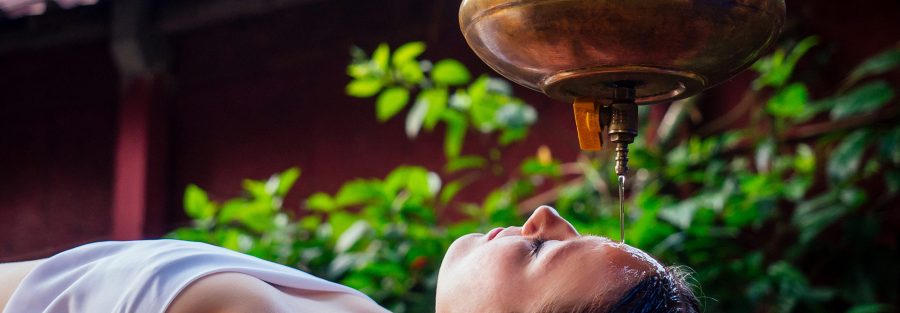DIY Thai Yoga Massage for Beginners: Techniques You Can Do at Home
Unwind, de-stress, and improve your flexibility in the comfort of your home with DIY Thai Yoga Massage! This ancient practice combines assisted yoga postures with acupressure techniques to promote relaxation, increase range of motion, and enhance overall well-being. While getting a professional Thai massage is always a treat, learning a few basic techniques allows you to experience these benefits anytime.
Before We Begin: Setting the Stage for Relaxation
- Create a calming ambience by dimming the lights, lighting some aromatic candles, or diffusing calming essential oils like lavender or chamomile.
- Next, prepare a comfortable space by setting up a firm mat or futon on the floor, and use pillows or blankets for added comfort during specific stretches.
- Additionally, wear loose-fitting clothing to allow for free movement during the stretches.
- Before starting, warm up with gentle movements by spending a few minutes performing light stretches or simple yoga poses to prepare your body.
- Moreover, communication is key, so if you’re giving or receiving this massage with a partner, communicate openly about pressure and comfort levels throughout the session.
DIY Thai Yoga Massage Techniques:
1)Foot Massage:
A luxurious way to begin your self-massage journey!
- Seated position: Sit comfortably with your legs extended.
- Stimulate reflex points: Using your thumb, apply gentle pressure to the sole of your foot, focusing on the arch and the ball of the foot. These areas correspond to various organs in the body.
- Stretch the toes: Gently pull each toe individually, holding for a few seconds. Rotate the ankles in circles for added relief.
- Shin and calf massage: Using your thumbs or palms, apply firm pressure while moving up your shin and calf muscles towards the knee. Repeat several times.
2) Shoulder and Neck Release:
Tension often accumulates in this area, leading to headaches and discomfort.
- Self-massage with a tennis ball: Place a tennis ball between your back and a wall. Lean against the wall and gently roll the ball over your shoulder and upper back muscles.
- Partner-assisted stretch: Sit back-to-back with your partner. Interlace your fingers behind your back and allow your partner to gently pull your arms upwards, stretching your chest and shoulders gently.
3)Supine Spinal Twists:
This technique improves spinal mobility and promotes relaxation.
- Lie on your back with arms outstretched.
- Bend one knee and gently bring it across your body towards the opposite shoulder.
- Look in the opposite direction of the bent knee, creating a gentle twist in your spine.
- Hold for a few breaths, then repeat on the other side.
4)Quadriceps Stretch:
Tight quads can contribute to lower back pain.
- Lie on your stomach with one leg extended straight back.
- Loop a strap or towel around your lifted foot’s ankle.
- Gently pull the strap towards you, creating a stretch in the front of your thigh.
- Hold for a few breaths, then repeat on the other side.
5) Assisted Hamstring Stretch:
Tight hamstrings can limit flexibility. To help with this, follow these steps:
First, lie on your back with one leg extended straight. Your partner can then gently loop a strap or towel around your extended foot’s ankle. Holding the strap, your partner can slowly pull your leg towards them, creating a stretch in the back of your thigh. Make sure to communicate openly about pressure and maintain a slight bend in the standing knee for added comfort. Hold for a few breaths, then repeat on the other side.
Remember:
- Listen to your body: Don’t push yourself beyond your comfort zone. If anything feels painful, stop the stretch and adjust accordingly.
- Focus on your breath: Breathe deeply and evenly throughout the session to enhance relaxation.
- Enjoy the process: Thai Yoga Massage is a journey, not a destination. Take your time, be present in the moment, and savour the feeling of releasing tension and improving your flexibility.
To take your DIY Thai Yoga Massage further:
- Invest in some massage tools: A massage stick or foam roller can be helpful for deeper self-massage on larger muscle groups.
- Explore online resources: There are many excellent instructional videos available online that can guide you through more advanced Thai Yoga Massage techniques.
- Consider a professional Thai Massage: While DIY techniques offer great benefits, a professional Thai massage can provide an even deeper and more thorough experience.



